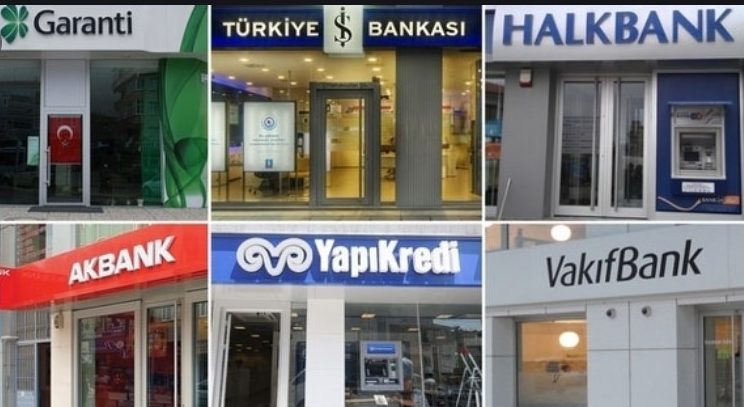Lower monthly ROE of 12% due to higher trading loss
Turkish banking sector’s July net income is down by 29% m/m to TL6.4bn (-21%y/y), corresponding to 12.1% monthly ROE (12M trailing: 10.2%). Monthly decline in profitability mainly stemmed from higher trading loss of TL7.5bn (June: TL4.1bn). Additionally, lower net other income of TL 4.6bn (-39% m/m, +100% y/y) stands as another reason for lower monthly results. On the other hand, monthly net interest income increased by 9% to TL19.7bn (-7% y/y) thanks to higher interest income from loans, pushing up NIM to 3.88% from 3.56% (TL spread +42bps, FX spread -50bps, TL and FX security yields +106bps and -24bps). Fee income increased by 25% y/y to TL5.0bn (-7% m/m), while OPEX increased by 13% y/y to TL8.8bn (+3% m/m). Provision expenses came down by 35% m/m to TL5.0bn (+3% y/y), pushing down total cost of risk to 145bps from 205bps.
CoR and NIM remain as decisive factors for ROE recovery
Although monthly results point slight recovery in interest income from loans, we believe sector NIM would remain under pressure in 2H21 due to state banks low margins related to last year’s robust lending activity at super low interest rates. In addition, possible BRSA measures for high quarterly growth in retail loans could pose a risk on profitability of the sector in the coming periods. On the asset quality side, lower CoR is a common trend among private and state banks, which actually differ quite sharply in terms of provisioning buffers and coverage ratios, as well as ROEs. As we have observed in 2Q results, GARAN and YKBNK, our banking top picks, stand at a relatively strong position in the sector thanks to their ample provisioning buffers and report superior ROEs. These contrasting trends and remaining uncertainty over mid-term developments over asset quality, plus further potential macro volatility prevent a bullish view on the sector at this point.
CAR levels maintained at comfortable levels
Sector’s CAR and Tier-I ratios inched down by 30bps and 16bps m/m to 17.5% and 13.4%, respectively. These levels point to comfortable buffers for the sector, despite the sharp credit growth in 2020, helped by BRSA’s forbearance measures.
Source: Y.F. Securities Research
